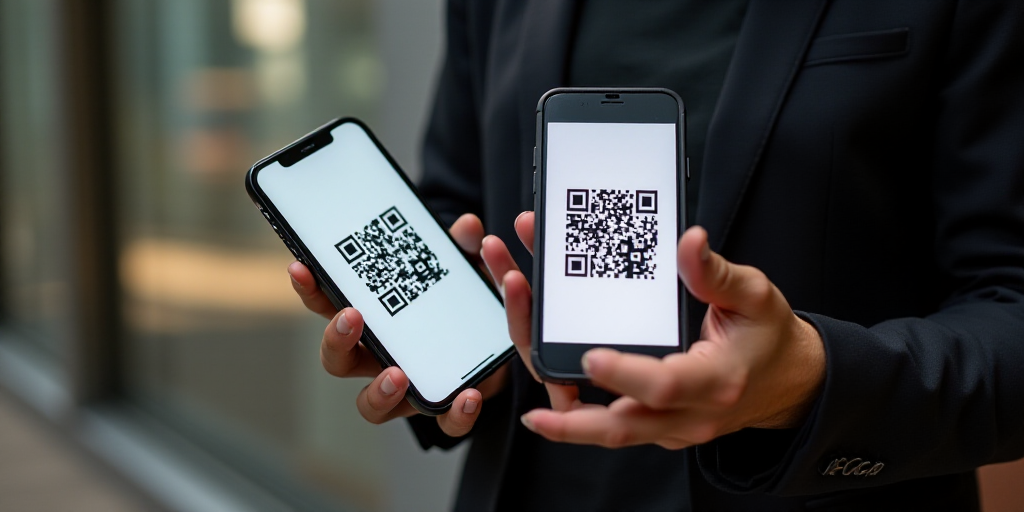Introduction to the Growing Trend
In Mexico, an increasing number of independent workers, freelancers, and micro-entrepreneurs are adopting alternative payment methods such as payment links, QR codes, digital wallets, and prepaid cards to receive income without traditional bank accounts. Kuvasz Solutions, a technology payments firm, estimates that by the end of 2025, over 1.5 million people in the country will be using alternative payment schemes.
Relevance of Alternative Payment Schemes
This shift is driven by greater internet access, widespread smartphone usage, and the expansion of flexible financial models that allow for payments without credit history or banking procedures. Lucas Souza, innovation manager at Kuvasz Solutions, explains: “Lack of banking does not imply a lack of economic activity. In Mexico, millions of people sell, create, teach, or consult daily and need immediate, secure, and simple payment methods. The challenge is to adapt the payment infrastructure to their reality, not the other way around.”
Growth of Digital Freelancing
The rise in digital independent work has intensified this trend. According to Grand View Research, freelance income in Mexico reached $185 million in 2023 and is projected to surpass $665 million by 2030, growing at a compound annual rate of 17.8%.
“We are witnessing a structural transformation: digital payment is no longer exclusive to large corporations or those with bank accounts. Today, anyone selling a course, making home deliveries, or working independently can receive payment by simply sharing a link,” Souza adds.
Rise of Digital Wallets and Fintech Accounts
For many users, digital wallets and fintech accounts function as an “alternative bank,” and this trend is expected to continue growing. Kuvasz reports that the number of accounts in financial technology institutions in Mexico has increased by over 35% between 2022 and 2024, particularly among young people and informal workers.
Freelancers’ Preference for Agile Payment Methods
A study by financial infrastructure firm Zero Hash surveyed 2,500 freelancers and temporary workers in the US, Brazil, Argentina, Mexico, and the UAE. The research shows a growing preference for more agile payment methods:
- 45% use digital wallets
- 43% prefer bank transfers
- 10% use specialized freelancer platforms
- 2% use cryptocurrencies, particularly in Argentina and the UAE where adoption exceeds the global average
Payment delays have contributed to this shift, with 48% of respondents stating that it takes too long to receive their money. Despite this, 75% want to receive payments within 24 hours, and 45% aspire to receive them in real-time.
“The rise of digital independent work is not only redefining income generation but also demanding payment infrastructure designed for those without traditional banking histories. Online payments are no longer an option but a necessity for the new generation of freelancers and creators in Mexico and Latin America,” Souza concludes.
Key Questions and Answers
- What is driving the shift towards alternative payment schemes? Greater internet access, widespread smartphone usage, and the expansion of flexible financial models are driving this trend.
- How many people in Mexico are expected to use alternative payment schemes by 2025? Kuvasz Solutions estimates over 1.5 million people will be using these schemes by the end of 2025.
- What is the growth rate of freelance income in Mexico? Freelance income in Mexico is projected to grow at a compound annual rate of 17.8% and surpass $665 million by 2030.
- What payment methods are preferred by freelancers? Digital wallets, bank transfers, specialized freelancer platforms, and cryptocurrencies are increasingly popular among freelancers.
- How do payment delays affect freelancers’ preferences? Payment delays have contributed to the growing preference for more agile payment methods among freelancers.






